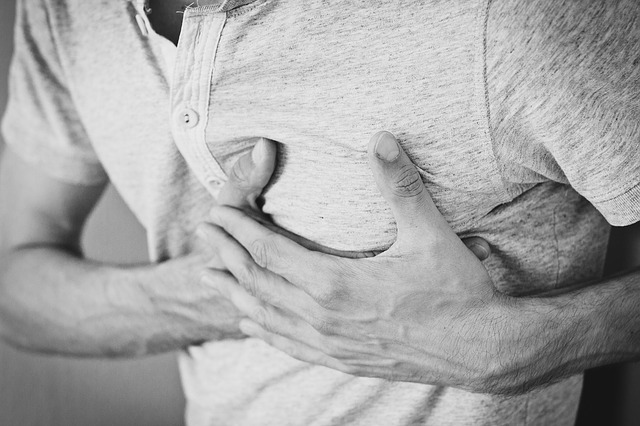A unique complication of wisdom teeth removal is described in the article titled “A 45-Year-Old Man With Acute Chest Pain, Fever, and Dyspnea After Tooth Extraction” appearing in the December 2021 edition of Chest written by Tashiro et al. (issue 160, no. 6, pp. e623 – e628). In the article, discussion is made of a healthy 45-year-old man who experienced respiratory failure due to a giant lung abscess that formed as a result of oral bacteria after a wisdom tooth extraction.
Two days after having a wisdom tooth removed, the 45-year-old man in Japan developed chest pain on his right side. Two weeks after the wisdom tooth extraction, the man went to a hospital because he had a fever, difficulty breathing, and had a cough and purulent sputum. The man was in good health and visited a dentist twice a year for cleanings and had no cavities. Two months prior to having his wisdom tooth removed he had a medical exam which included bloodwork and a chest x-ray and there was no reported abnormalities. The man took five days of antibiotics after the wisdom tooth extraction. His dental records noted there was slight inflammation in the gums at the site of the wisdom tooth extraction, but there were no signs of infection.
When he was examined at the hospital, there was no inflammation or signs of infection at the wisdom tooth site noted. The man’s respiratory sounds were weak on his right side and coarse crackles were heard on his left side. A chest radiograph conducted at the time of the hospital visit showed reduced permeability with a fluid level on the right side and slight infiltration on the lower left side. A dynamic chest computed tomography (CT) while at the hopsital showed the man had a giant cavity with thickened pleura occupying most of the area of the right lung and a small pleural effusion on the mediastinal window setting. Infiltration was also seen in the left lower lung field on the lung window setting. The authors state
“The current patient developed a severe and giant lung abscess with
respiratory failure after wisdom tooth extraction, even though no risk factors reflecting systemic immunodeficiency were found on the patient’s history and blood examinations at the time of the consultation and routine yearly medical checkups.”
The man was given a chest tube placed by ultrasound-guided thoracentesis. A total of 1,200 mL of a cloudy fluid with a foul odor was drained. The bacteria was cultured and fluid samples tested positive for Parvimonas micra, Prevotella dentalis, Fusobacterium nucleatum, and Porphyromonas gingivalis, all of which typically colonize the mouth. The man was given a combination of antibiotics including sulbactam/ampicillin and clindamycin while under mechanical ventilation. After 10 days, the chest tube and ventitator were removed. The man spent a total of two months hospitalized before he was finally discharged. However, at the time of discharge his chest x-ray and CT scans only showed reduction of the cavity on the right bronchus, with remaining infiltration on the left bronchus. The authors state
“These data clearly showed a causative association between tooth extraction and the lung abscess, because of the appearance of symptoms after tooth extraction with pathological identification of oral bacteria in the lung abscess, even though the patient had no underlying conditions as risk factors for aspiration, and the procedure was performed under clean dental conditions with antibiotic treatment after the operation.”

The authors speculate on to the mechanism after tooth extraction that led to the lung abscess. The say that aspiration of oral contents is one possibility. Another is an acute and transient bloodstream infection after the tooth removal that might have
been involved because of the high prevalence of bacteremia immediately after extraction in immunocompetent patients, including bacterial
embolism in the lungs and later development of a lung abscess. The authors point out that rapid consultation and examination are needed when symptoms like chest pain, fever, and respiratory symptoms develop after removing a tooth. They also point out that when giant lung abscesses occur, percutaneous drainage under ultrasound-guided thoracentesis is safe and can leave to rapid recovery. The authors also mention that there are a lot of unknowns regarding giant lung abscesses after wisdom teeth extraction and thus more studies are needed to explore the frequency and typical case presentation.
